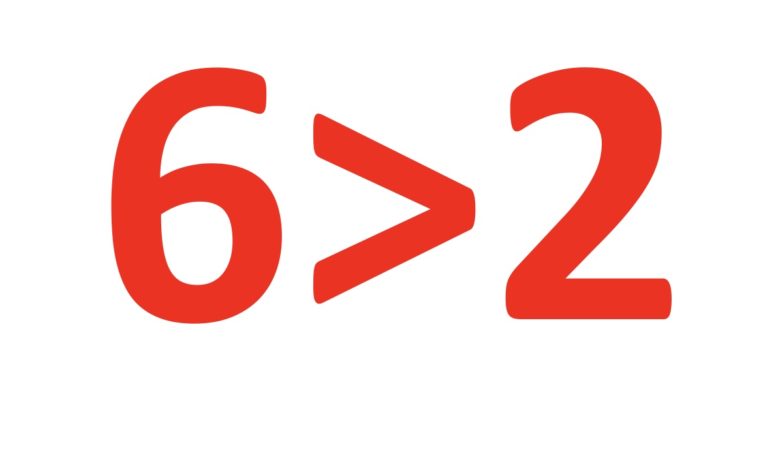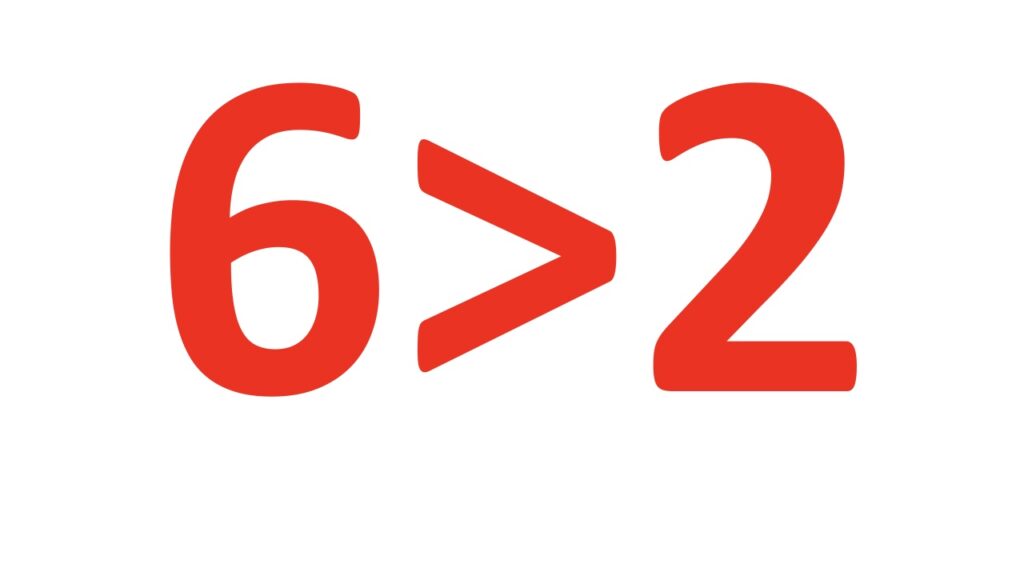February CPI: Six Percent Is Bigger Than Two Percent

The annual rise in the Consumer Price Index (CPI) for February came in at 6%. This was down from the 6.4% annual increase charted in January. The eighth straight monthly decline in CPI seems to have restored faith that the Federal Reserve is winning the inflation fight. But everybody should probably stop and remember that the target is 2%.
Six percent is a lot bigger than 2%.
Month-on-month, prices increase by 0.4%, according to the CPI data released by the Bureau of Labor Statistics. This annualizes to 4.8%.
This number is also much bigger than two.
Both the headline and month-on-month change in CPI were in line with market expectations.
Stripping out more volatile food and energy prices, core CPI was up 0.5% in February. This was slightly above the 0.4% projection, and it was a 0.1% increase over January’s core reading of 0.4%. This casts some doubt on the disinflation perception you might get from the headline numbers.
On an annual basis, core CPI was up 5.5%
Again, this number is bigger than two.
The mainstream’s new favorite inflation measure – supercore inflation, which strips out shelter prices along with food and energy – was up 0.2% month-on-month and 3.7% on an annual basis.
This number — also bigger than two.
Keep in mind, inflation is worse than the government data suggest. This CPI uses a formula that understates the actual rise in prices. Based on the formula used in the 1970s, CPI is closer to double the official numbers.
Digging deeper into the numbers, we find that most categories charted healthy price increases in February.
Falling energy prices helped paper over the broader price inflation problem. Overall energy prices dropped by 0.6% month-on-month with big declines in energy services, fuel oil, electricity, and natural gas.
The only non-energy categories charting price decreases on the month were used cars and trucks (-2.8%) and medical care services (-0.7%).
Peter Schiff summed up the CPI report in a tweet.
Just because the Feb. #CPI wasn’t hotter than expected doesn’t mean the #Fed is getting closer to its 2% #inflation target. Despite all the rate hikes, YoY CPI still rose 6% and core 5.5%. Since the Fed is basically done hiking, the most likely direction for CPI from here is up.
— Peter Schiff (@PeterSchiff) March 14, 2023
Traders price about an 85% chance that the Fed will deliver a quarter-point interest rate increase at the March meeting, according to a CME Group estimate. But that is far from certain.
The collapse of Silicon Valley Bank and Signature bank was the first sign of things breaking in this bubble economy. The Federal Reserve and US Treasury rushed in with a bailout scheme that includes a program allowing banks to borrow money using bonds that have been significantly devalued by rate hikes as collateral based on their face value. This seems to have stabilized the banking sector for the time being. But the collapse of these banks reveals the fact that this economy can’t run in a high interest rate environment. It’s only a matter of time before something else breaks.
And while the bailout may have bought the Fed some time so it can carry on the inflation fight theater for another act or two, this bailout scheme was effectively a return to money creation and an end to monetary tightening. Even if the Fed elects to raise rates in March, the show is effectively over.
And inflation is winning.
Any appearance of disinflation today, next month, or even the month after, is transitory.
Despite falling over the last eight months, CPI is still closer to its summer peak than it is to the Fed’s mythical 2% target.
The ugly truth is the US economy is addicted to easy money. It is addicted to artificially low interest rates and quantitative easing. You can’t take an addict’s drug away without sending him into withdrawal. The economy can only limp along so long with tighter monetary policy. We saw the first crack in the dam last week. The Fed and US Treasury managed to stick a finger in the hole. But there are more cracks to come, and eventually, the dam will break.
There is also the issue of federal government spending. Even the Fed has conceded it can’t slay inflation with monetary policy alone. US government fiscal policy contributes to inflationary pressure and makes it impossible for the Fed to do its job.
It’s easy to get caught up in the weekly data releases, but it’s important to keep your focus on the fundamentals and the bigger economic picture. The fact is, the Fed pumped trillions of dollars into the economy starting after the 2008 financial crisis and then doubling down during the pandemic. The price inflation we’re experiencing today is a symptom of that monetary malfeasance. The Fed can’t fix this problem with some rate hikes and a modest decrease to its balance sheet. It needs to pull trillions of dollars in liquidity out of the economy.
And it can’t.
But the tightening it has already done is enough to pop the bubbles and cause an economic earthquake. We’re already feeling the first termors.
Call 1-888-GOLD-160 and speak with a Precious Metals Specialist today!
Buka akaun dagangan patuh syariah anda di Weltrade.
Source link








